Adela Goldbard was the 2017 School of the Art Institute of Chicago Awardee of the Edes Foundation Prize.
Goldbard is an artist and filmmaker with a research-based practice 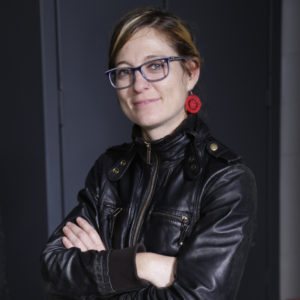 who believes in the potential of art to generate critical thinking and social transformation. With her work she questions the politics of memory by suspecting archeological preservation, official history, mass media, and popular culture. She dissents by making visible defiant events that have been forgotten or erased and by ritually and allegorically obliterating social evil. Goldbard challenges traditional cinema by re-enacting history and by collectively building, staging and importantly, destroying, always with a subtle amount of parody and dark humor. Her work includes photography, video, sculpture, text, public actions and immersive installations.
who believes in the potential of art to generate critical thinking and social transformation. With her work she questions the politics of memory by suspecting archeological preservation, official history, mass media, and popular culture. She dissents by making visible defiant events that have been forgotten or erased and by ritually and allegorically obliterating social evil. Goldbard challenges traditional cinema by re-enacting history and by collectively building, staging and importantly, destroying, always with a subtle amount of parody and dark humor. Her work includes photography, video, sculpture, text, public actions and immersive installations.
Goldbard holds an MFA as a Full Merit Fellow in Sculpture from the School of the Art Institute of Chicago (2017) and a bachelor’s degree in Hispanic Language and Literature from the National University of Mexico. Goldbard is a member of the National System of Artistic Creators of Mexico since 2015. Her work has been exhibited in Germany, Holland, Belgium, France, Italy, Austria, Hungary, Spain, Philippines, Russia, Argentina, Canada, USA, and widely in Mexico. She lives and works in Chicago and Mexico City.
During the Edes award year Goldbard worked on an expanded cinema project titled “The Last Judgment”, which will be based on a XVI century play written in Náhuatl by Fray Andrés de Olmos as a spiritual conquest tool during the Spanish colonization of present-day Mexico. The play was adapted to a contemporary setting, problematizing and reflecting on the current migration crisis in the US, the strengthening of border politics, the hybridization of culture and language and the cultural Reconquista of the lost territory. The stage was built with the help of immigrant workers. “The Final Judgment” was simultaneously performed live and filmed, inserting the spectators in a stage/backstage (meta)experience. The final work is presented as a multi-channel video installation.









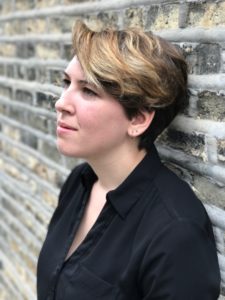

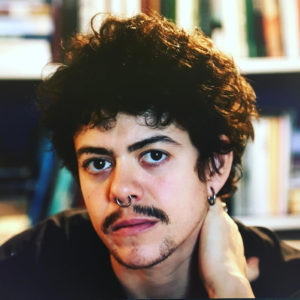

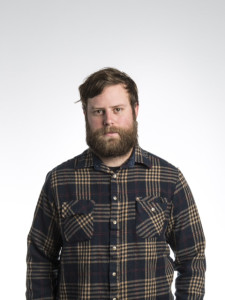 His Edes project, Edifice, is focused on the interrelated themes of Home, Biography, and Memorial. It looks specifically at connections between the house Ludwig Wittgenstein built for his sister in Vienna and the Cone House from Thomas Bernhard’s novel, Korrectur. He traveled to Austria to film these real and imagined spaces, creating his own architecture to install these films into.
His Edes project, Edifice, is focused on the interrelated themes of Home, Biography, and Memorial. It looks specifically at connections between the house Ludwig Wittgenstein built for his sister in Vienna and the Cone House from Thomas Bernhard’s novel, Korrectur. He traveled to Austria to film these real and imagined spaces, creating his own architecture to install these films into.





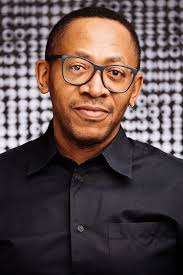






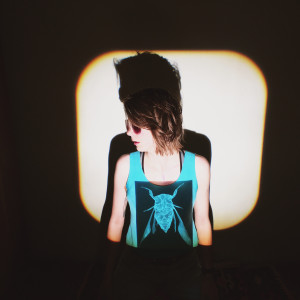 Bergmann received her BFA in Dramaturgy/Theatre Criticism from The Theatre School at DePaul University where she also received The Louise de Marillac Women of Spirit and Action Award. She found shadow puppetry when an old overhead projector was discovered in her closet, and has since been captivated by the enchanting effect the medium has on an audience and the visual dramaturgy inherent to the work.
Bergmann received her BFA in Dramaturgy/Theatre Criticism from The Theatre School at DePaul University where she also received The Louise de Marillac Women of Spirit and Action Award. She found shadow puppetry when an old overhead projector was discovered in her closet, and has since been captivated by the enchanting effect the medium has on an audience and the visual dramaturgy inherent to the work.





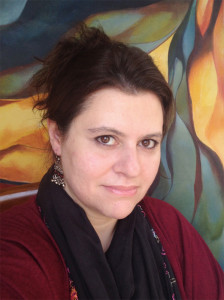 situated between installation, performance and social engagement. She is concerned with the interrogation of uncontested spaces, often involving constructs of language and cultural associations, that exist in the public sphere. She began work in social practice in 2009 with a storefront studio in Chicago’s West Roger’s Park neighborhood. In 2011, she founded a social practice residency program for young artists and co-founded the art space Doukan7002 in Chicago. She moved back to Egypt later that year and began teaching in the Department of the Arts at the American University in Cairo. She holds a Masters degree in Middle East Studies from the American University in Cairo and an MFA in Art Theory and Practice from Northwestern University.
situated between installation, performance and social engagement. She is concerned with the interrogation of uncontested spaces, often involving constructs of language and cultural associations, that exist in the public sphere. She began work in social practice in 2009 with a storefront studio in Chicago’s West Roger’s Park neighborhood. In 2011, she founded a social practice residency program for young artists and co-founded the art space Doukan7002 in Chicago. She moved back to Egypt later that year and began teaching in the Department of the Arts at the American University in Cairo. She holds a Masters degree in Middle East Studies from the American University in Cairo and an MFA in Art Theory and Practice from Northwestern University.





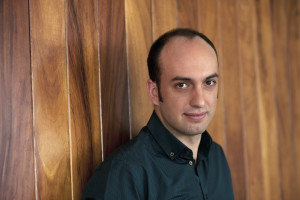 Francisco is a composer and performer of contemporary and electronic music from Mexico City residing in Chicago. As a composer he has received numerous distinctions such as the BMI Student Composer Award, the Nouvel Ensemble Moderne Young Composer’s Forum Jury prize, two honorable mentions in the Morton Gould Young Composer Awards, and four nominations for the Gaudeamus Music Prize. As a performer of electronic music, Francisco is part of
Francisco is a composer and performer of contemporary and electronic music from Mexico City residing in Chicago. As a composer he has received numerous distinctions such as the BMI Student Composer Award, the Nouvel Ensemble Moderne Young Composer’s Forum Jury prize, two honorable mentions in the Morton Gould Young Composer Awards, and four nominations for the Gaudeamus Music Prize. As a performer of electronic music, Francisco is part of 




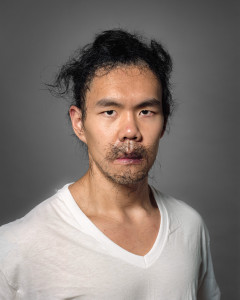











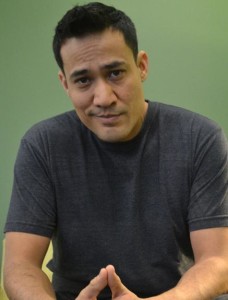















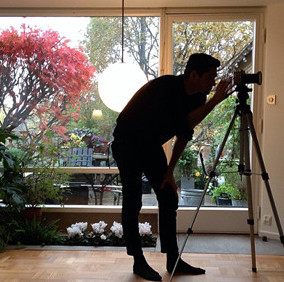






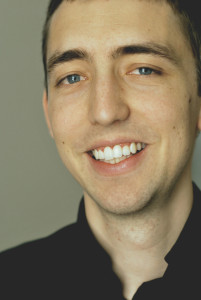 inspiration from Appalachian folksong and hymnody, and has been performed by Dawn Upshaw and the Saint Paul Chamber Orchestra, JACK Quartet, Ensemble Dal Niente, and Contemporaneous, at venues including Zankel Hall, Weill Recital Hall, Merkin Concert Hall, the Morgan Library, (Le) Poisson Rouge, and the Ordway Center for the Performing Arts. He has received commissions from Carnegie Hall’s Weill Music Institute, the Saint Paul Chamber Orchestra, the Bard College Conservatory of Music Graduate Vocal Arts Program, the JFund/American Composers Forum, and the BMI Foundation/Concert Artists Guild. Honors include the ASCAP Foundation Morton Gould Young Composer Award, the Northwestern University M. William Karlins and William T. Faricy Awards, and two BMI Student Composer Awards. Jaeger holds a DMA in composition from Northwestern University, and a BM from the University of Michigan. He lives in New York City.
inspiration from Appalachian folksong and hymnody, and has been performed by Dawn Upshaw and the Saint Paul Chamber Orchestra, JACK Quartet, Ensemble Dal Niente, and Contemporaneous, at venues including Zankel Hall, Weill Recital Hall, Merkin Concert Hall, the Morgan Library, (Le) Poisson Rouge, and the Ordway Center for the Performing Arts. He has received commissions from Carnegie Hall’s Weill Music Institute, the Saint Paul Chamber Orchestra, the Bard College Conservatory of Music Graduate Vocal Arts Program, the JFund/American Composers Forum, and the BMI Foundation/Concert Artists Guild. Honors include the ASCAP Foundation Morton Gould Young Composer Award, the Northwestern University M. William Karlins and William T. Faricy Awards, and two BMI Student Composer Awards. Jaeger holds a DMA in composition from Northwestern University, and a BM from the University of Michigan. He lives in New York City.




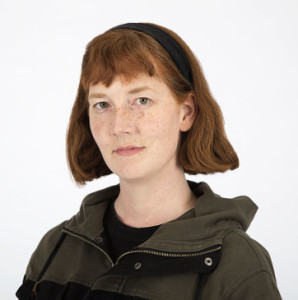











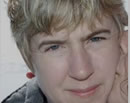 nationally and internationally in a wide variety of venues, including the Museum of Modern Art, Royal Ontario Museum, Baltimore Museum of Art, Academy of Fine Arts Prague and Big Screen Plaza, Herald Square NYC. Her awards include the Paul Robeson Independent Media Award, Jack Spadaro Documentary Award, Maryland State Arts Council Individual Artist Award, and the Silver Chris. Her films have been broadcast in the U.S.A. and Great Britain (Sundance Channel, PBS, FreeSpeech TV, CommunityChannelUK) and are distributed by Bullfrog Films and the Canadian Filmmakers Distribution Centre. Sound art releases can be found on Ehse Records and Recorded in Baltimore. Pancake completed her MFA at the School of the Art Institute of Chicago in May 2012. She is currently a member of the
nationally and internationally in a wide variety of venues, including the Museum of Modern Art, Royal Ontario Museum, Baltimore Museum of Art, Academy of Fine Arts Prague and Big Screen Plaza, Herald Square NYC. Her awards include the Paul Robeson Independent Media Award, Jack Spadaro Documentary Award, Maryland State Arts Council Individual Artist Award, and the Silver Chris. Her films have been broadcast in the U.S.A. and Great Britain (Sundance Channel, PBS, FreeSpeech TV, CommunityChannelUK) and are distributed by Bullfrog Films and the Canadian Filmmakers Distribution Centre. Sound art releases can be found on Ehse Records and Recorded in Baltimore. Pancake completed her MFA at the School of the Art Institute of Chicago in May 2012. She is currently a member of the 






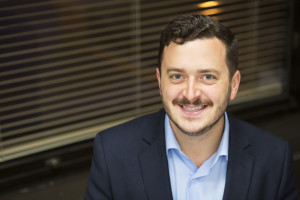 Symphony Orchestra, writing for the Once Upon a Symphony and Orchestra Explorers programs. Clark’s music has been performed by Yo-Yo Ma, Rene Fleming, Randy Brecker, Jon Faddis, Marquis Hill, Kurt Elling, Phil Woods, Ira Sullivan, Julia Bentley, the Chicago Brass Quintet, the Chicago Sinfonietta, Bob Lark and his Alumni Big Band, the Tom Matta Big Band, the New Standard Jazz Orchestra, Chicago Q Ensemble, V3NTO, the Spektral Quartet, players from the Grant Park Symphony and Louisiana Philharmonic, and ensembles at DePaul University, University of Cincinnati CCM, Truman State University, University of Illinois Chicago, and others.
Symphony Orchestra, writing for the Once Upon a Symphony and Orchestra Explorers programs. Clark’s music has been performed by Yo-Yo Ma, Rene Fleming, Randy Brecker, Jon Faddis, Marquis Hill, Kurt Elling, Phil Woods, Ira Sullivan, Julia Bentley, the Chicago Brass Quintet, the Chicago Sinfonietta, Bob Lark and his Alumni Big Band, the Tom Matta Big Band, the New Standard Jazz Orchestra, Chicago Q Ensemble, V3NTO, the Spektral Quartet, players from the Grant Park Symphony and Louisiana Philharmonic, and ensembles at DePaul University, University of Cincinnati CCM, Truman State University, University of Illinois Chicago, and others.





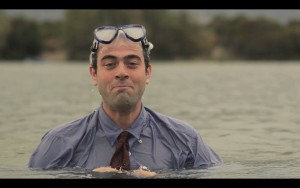

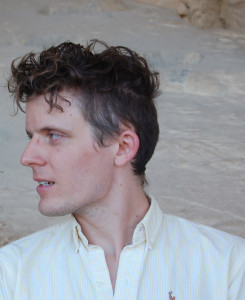 been included in Blast Counterblast (Mercer Union/WhiteWalls), Manual for Treason for the 2011 Sharjah Biennial, and the 2012 Whitney Biennial catalogue. His artwork has been exhibited in galleries and institutions throughout the United States, including the 2012 Whitney Biennial.
been included in Blast Counterblast (Mercer Union/WhiteWalls), Manual for Treason for the 2011 Sharjah Biennial, and the 2012 Whitney Biennial catalogue. His artwork has been exhibited in galleries and institutions throughout the United States, including the 2012 Whitney Biennial.



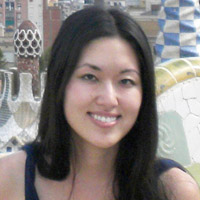 fellowship at the Fine Arts Work Center in Provincetown, Massachusetts. Ms. Sohn’s paintings have been included in numerous group shows in New York, Los Angeles, Chicago and Washington, D.C. Her museum shows include the Provincetown Art Association Museum in Provincetown, Massachusetts, and the National Portrait Gallery at the Smithsonian Institution, Washington, D.C.
fellowship at the Fine Arts Work Center in Provincetown, Massachusetts. Ms. Sohn’s paintings have been included in numerous group shows in New York, Los Angeles, Chicago and Washington, D.C. Her museum shows include the Provincetown Art Association Museum in Provincetown, Massachusetts, and the National Portrait Gallery at the Smithsonian Institution, Washington, D.C.

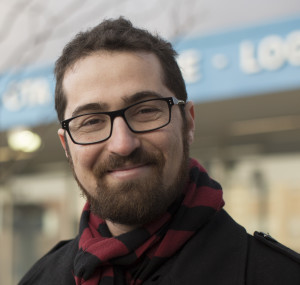 Nadav’s work performatively mediates cities, bodies and personal narratives via lo-fi reenactments of appropriated military-industrial technologies, examining technological mediation as an essential and transformative human condition. Nadav has exhibited internationally in festivals, music venues, museums and galleries in North America, Israel, Europe and Asia. Some recent venues for his work include ISEA Vancouver, Transmediale Festival in Berlin, European Media Arts Festival, the Soundwave Biennial in San Francisco, Residency Unlimited NYC, Spectrum NYC, Hyde Park Art Center in Chicago, the Koffler Center in Toronto, Julie M Gallery Tel Aviv, Xuzhou Museum, China, and many others. Assor’s work has been featured in publications such as Art Forum, Art Monthly, Haaretz, ArtAsiaPacific, the Creators Project, Motherboard, and more. Nadav holds an MFA as a Full Merit Fellow in Art & Technology from the School of the Art Institute of Chicago (2010). He is among the 2011 awardees of the Israeli Ministry of Culture’s Young Artist awards. Since 2012, Nadav has been an Assistant Professor of Expanded Media and a Fellow at the Ammerman Center for Art & Technology in Connecticut College.
Nadav’s work performatively mediates cities, bodies and personal narratives via lo-fi reenactments of appropriated military-industrial technologies, examining technological mediation as an essential and transformative human condition. Nadav has exhibited internationally in festivals, music venues, museums and galleries in North America, Israel, Europe and Asia. Some recent venues for his work include ISEA Vancouver, Transmediale Festival in Berlin, European Media Arts Festival, the Soundwave Biennial in San Francisco, Residency Unlimited NYC, Spectrum NYC, Hyde Park Art Center in Chicago, the Koffler Center in Toronto, Julie M Gallery Tel Aviv, Xuzhou Museum, China, and many others. Assor’s work has been featured in publications such as Art Forum, Art Monthly, Haaretz, ArtAsiaPacific, the Creators Project, Motherboard, and more. Nadav holds an MFA as a Full Merit Fellow in Art & Technology from the School of the Art Institute of Chicago (2010). He is among the 2011 awardees of the Israeli Ministry of Culture’s Young Artist awards. Since 2012, Nadav has been an Assistant Professor of Expanded Media and a Fellow at the Ammerman Center for Art & Technology in Connecticut College.







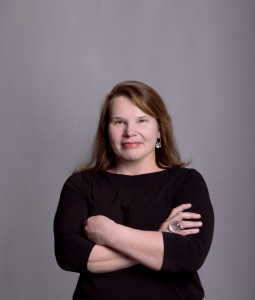 She designs site-responsive projects where architecture is systematically examined as a means to dis-locate subject, object, and place. Her work is an attempt to invert and sustain the processes of representation as a means to provoke reflection on the logics, grammars, and other complexes of interpretation that comprise culture.
She designs site-responsive projects where architecture is systematically examined as a means to dis-locate subject, object, and place. Her work is an attempt to invert and sustain the processes of representation as a means to provoke reflection on the logics, grammars, and other complexes of interpretation that comprise culture.

